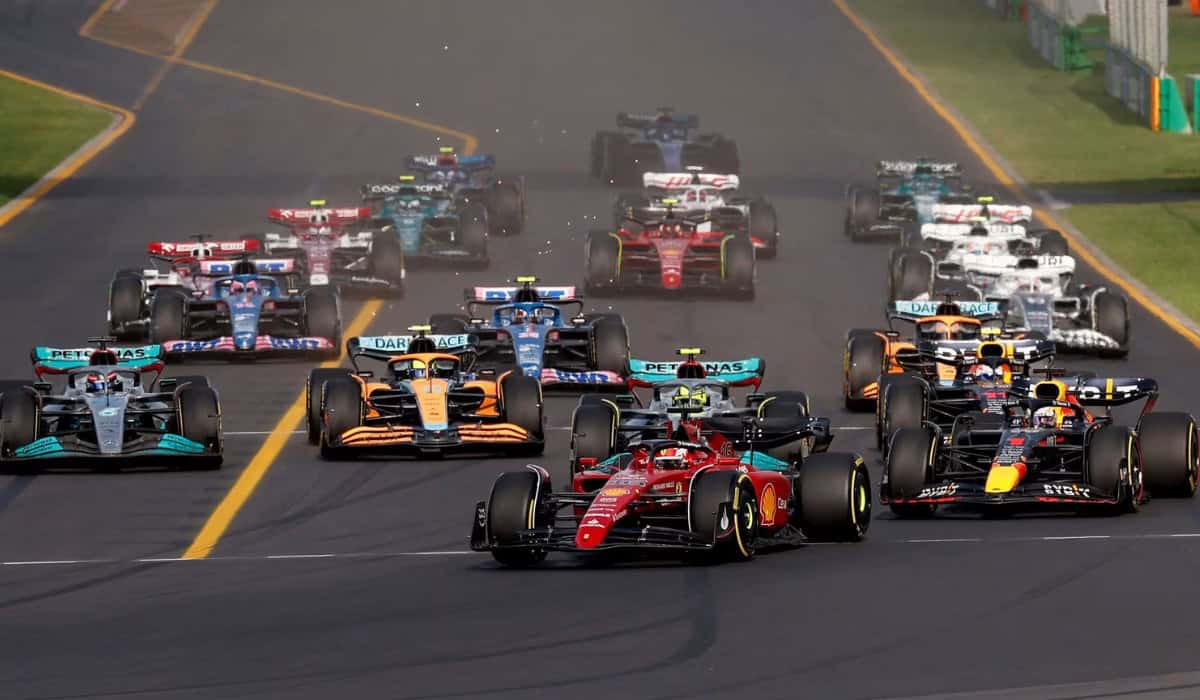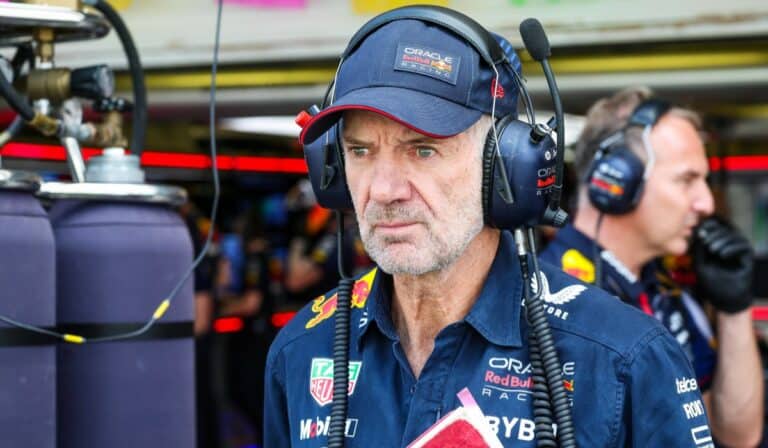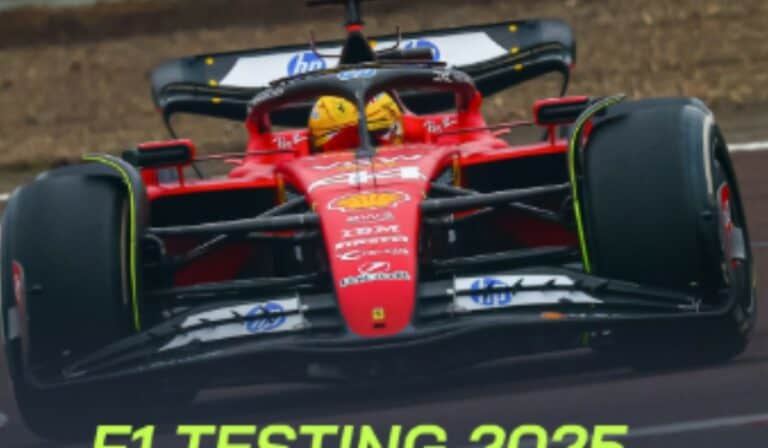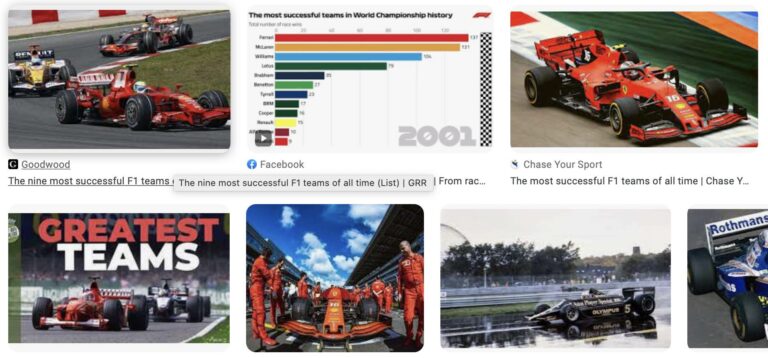Inside F1 Sprint Races: Rules, Race Length & the Most Successful Drivers
Formula 1 has seen several major innovations over the past decade, but few have generated as much excitement and discussion as the introduction of the F1 Sprint race format. Designed to enhance the race weekend and bring fans closer to the action, the Sprint race offers a shorter, high-intensity contest that directly influences the outcome of the main Grand Prix.
First introduced in 2021, the F1 Sprint race is not just a thrilling spectacle — it’s a strategic game-changer. Unlike traditional qualifying sessions, the Sprint adds an extra layer of competition by determining the grid for the Grand Prix (in select formats), awarding valuable championship points, and reshaping how teams and drivers approach the weekend. But how exactly does it work? What are the official F1 Sprint Race Format rules? How long is the race? And who are the drivers that have dominated this new format?
In this comprehensive guide, we’ll break down everything you need to know about F1 Sprint races in 2025 and beyond — from the race distance and qualifying procedures to current regulations and top Sprint winners. Whether you’re a die-hard F1 fan or new to the sport, this article will give you a clear and detailed understanding of one of Formula 1’s most dynamic additions. If you’re just getting started, be sure to check out the beginner’s guide to Formula 1 for a full overview of the sport’s structure, teams, and rules.
What is the F1 Sprint Race?
The F1 Sprint race, also known simply as the Sprint, is a shorter race held on Saturdays during select Formula 1 weekends. It was introduced to make race weekends more engaging for fans by adding a competitive session that sets the grid for the main race on Sunday.
Unlike the traditional qualifying sessions, the Sprint race awards championship points based on finishing positions and directly determines the starting order for the Grand Prix. This adds strategic layers for teams and drivers as they balance the need for points and a good grid position. The psychology of overtaking in Formula 1 plays a huge role here, as drivers must take aggressive yet calculated risks in the short format. Events like the F1 Las Vegas Grand Prix, with its glitzy street circuit and massive fan engagement, have highlighted how the Sprint can electrify an already dramatic weekend.
F1 Sprint Race Rules
Understanding the rules is key to appreciating how the Sprint race fits into the overall Formula 1 weekend. Here are the main points every fan should know:
1. Sprint Race Format
The Sprint is a standalone race, usually about 100 kilometers long, lasting roughly 25-30 minutes. It’s significantly shorter than the main Grand Prix, which typically covers 305 kilometers or more.
The race is run under normal racing conditions with a standing start, just like the main race. Drivers compete for position, and the finishing order decides the starting grid for Sunday’s Grand Prix.
This format has highlighted the F1 overtaking rules, which drivers must master to gain quick positions without penalties.
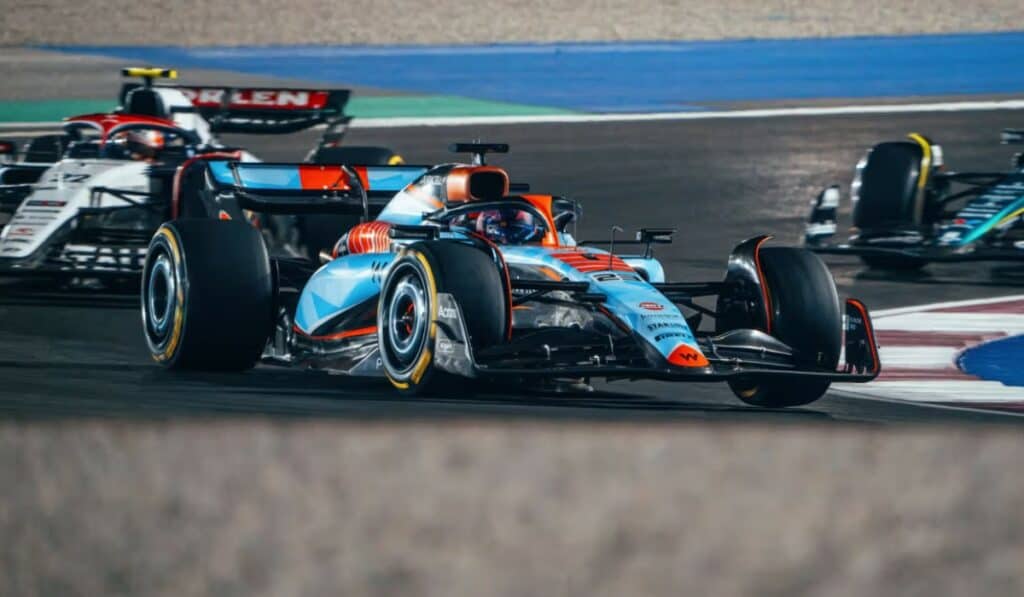
2. Points Allocation
Unlike traditional qualifying, the Sprint race awards points to the top finishers, but fewer than the main race. As of the latest format:
- 1st place earns 8 points
- 2nd place earns 7 points
- 3rd place earns 6 points
- 4th place earns 5 points
- 5th place earns 4 points
- 6th place earns 3 points
- 7th place earns 2 points
- 8th place earns 1 point
These points count towards the World Drivers’ and Constructors’ Championships, making the Sprint race more competitive and significant.
3. Qualifying for the Sprint
The traditional Friday qualifying session (Q1, Q2, Q3) determines the starting grid for the Sprint race, not the Grand Prix. This means the fastest driver in Friday qualifying will start first in the Sprint race, with others lined up accordingly.
The traditional Friday qualifying session (Q1, Q2, Q3) determines the starting grid for the Sprint race, not the Grand Prix. This means the fastest driver in Friday qualifying will start first in the Sprint race, with others lined up accordingly. Understanding the F1 sprint time and F1 sprint qualifying system is crucial for fans to follow the weekend format.
4. Pitstops and Strategy
Unlike the main race, pitstops during the Sprint are not mandatory. Because of its short length, teams usually opt not to pit, which makes tire strategy less complex but still important. Drivers must manage their tires carefully to maintain grip for the entire Sprint distance.
5. Safety and Regulations
All standard FIA safety and sporting regulations apply during the Sprint race. This includes rules about track limits, yellow flags, and safety car deployments. If a safety car is deployed, the race restarts similarly to a standard Grand Prix, but the short race length means the restart can have an even bigger impact. Team principals, such as James Vowles, often play a crucial role in shaping race strategies under such dynamic conditions.
6. Impact on Main Race Grid
The finishing order of the Sprint race directly sets the grid for Sunday’s Grand Prix. This means if a driver performs poorly or retires in the Sprint, they start further back in the main race. These high-stakes consequences add another layer of drama to the most dramatic moments in F1 history.
F1 Sprint Race Distance
The Sprint race distance is designed to be short and sharp, offering exciting racing without the endurance element of the full Grand Prix.
Standard Distance
- The Sprint covers approximately 100 kilometers or about 25-30 minutes of racing time.
- This usually translates to roughly one-third or less of the length of a normal Grand Prix.
The shorter distance means:
- Fewer tire wear concerns compared to the main race.
- Higher intensity and aggression from drivers, as they push hard from start to finish.
- Less opportunity for strategy involving multiple pitstops.
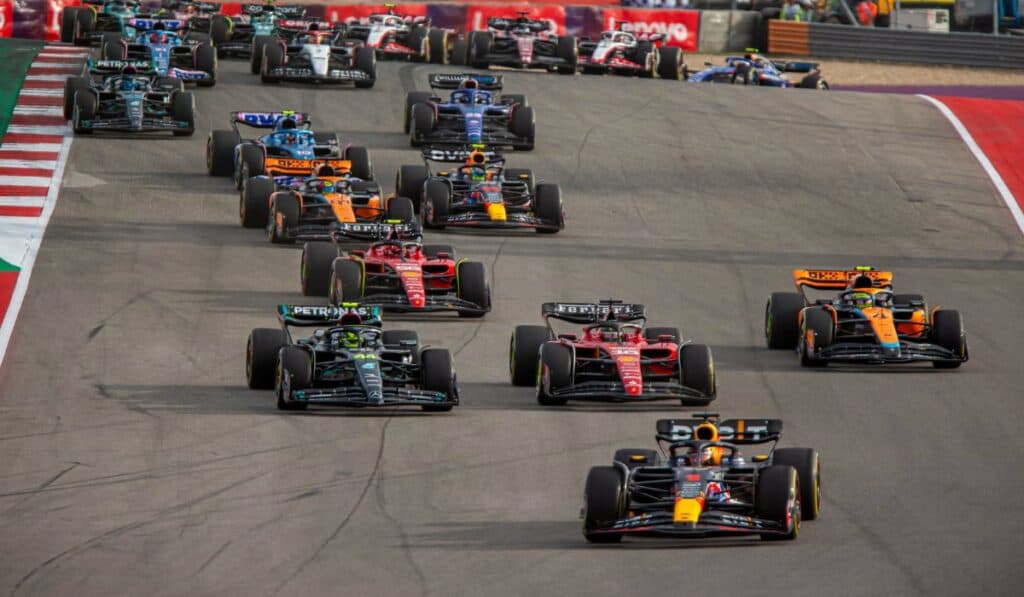
Variation Between Circuits
The exact number of laps for the Sprint race depends on the circuit length. For example:
- At Silverstone (5.9 km per lap), the Sprint is about 17 laps.
- At Monza (5.8 km per lap), the Sprint is roughly 18 laps.
Each track’s unique characteristics can influence how the Sprint unfolds, but the goal is always to hit that 100 km target. If you want an in-depth look at F1 sprint races, circuit-by-circuit analysis reveals how different layouts affect tire degradation and overtaking zones.
Notable F1 Sprint Race Winners
Since its introduction in 2021, the Sprint race has quickly become a highlight of the race weekend. Let’s look at some notable winners and their performances.
1. Max Verstappen
Red Bull’s Max Verstappen has been dominant in Sprint races. His aggressive yet controlled driving style suits the high-intensity nature of the Sprint perfectly. Verstappen has won multiple Sprint races, often using them to secure prime starting positions for Sunday and gain crucial championship points. His performance adds to Red Bull’s rich motorsport legacy.
2. Lewis Hamilton
The seven-time world champion Lewis Hamilton has also found success in Sprint races. His experience and racecraft allow him to manage tires and pressure well in the short format. Hamilton’s wins in Sprint races have helped him fight back in key championship battles.
3. Other Winners
Several other drivers, including Formula 1 drivers like Charles Leclerc, Valtteri Bottas, and Sergio Perez, have claimed Sprint race victories, showcasing the format’s ability to shake up usual race weekend dynamics.
How Does the Sprint Affect the Championship?
The Sprint race adds another strategic element to the Formula 1 championship:
- Extra points can influence tight championship battles.
- Starting grid changes mean drivers can improve or lose their positions before the main race.
- Teams must manage resources carefully across the weekend.
Because the Sprint is more than just a qualifying session, it adds excitement and unpredictability to the season. This has also reshaped the rankings of the most successful F1 teams, as Sprint points now contribute to championship standings.
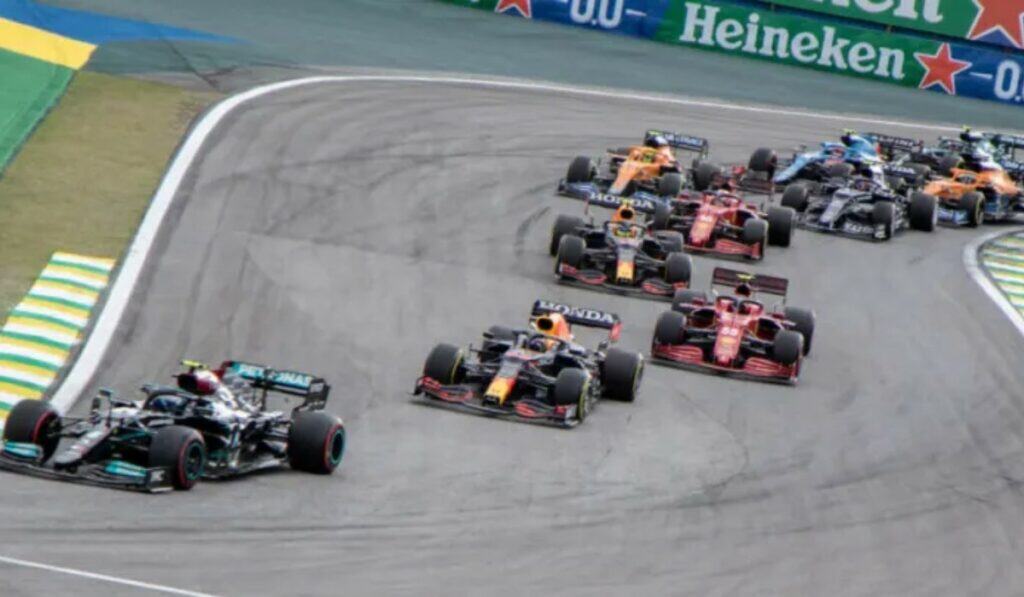
FAQs
What is the main difference between the Sprint race and regular qualifying?
Regular qualifying sets the grid for the Sprint race on Saturday. The Sprint race itself determines the grid for Sunday’s main Grand Prix and awards points.
Are pitstops mandatory in the Sprint race?
No. Due to the short distance, pitstops are not mandatory, and most teams run the entire Sprint on one set of tires.
How many points does a Sprint race winner get?
The winner earns 8 points, with points also awarded down to 8th place, though fewer than in the main race.
Can a driver retire in the Sprint and still race on Sunday?
Yes. Drivers who retire or have problems in the Sprint usually start further back but are allowed to race in the Grand Prix unless disqualified for technical reasons.

